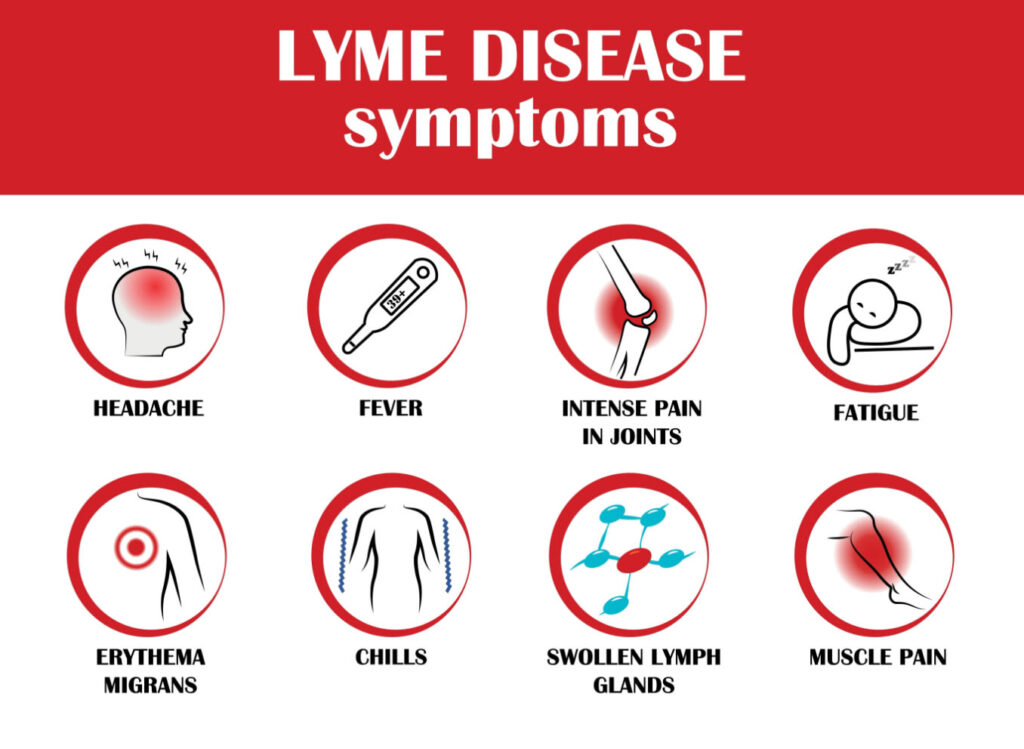Introduction: Navigating the Complexities of Lyme Disease Diagnosis
As someone who has personally experienced the challenges of receiving a Lyme disease diagnosis, I know firsthand how frustrating and overwhelming the process can be. Lyme disease is often referred to as the “great imitator” due to its ability to mimic a wide range of other conditions, making it difficult for both patients and healthcare providers to identify.
In this guide, I’ll share my insights and experiences to help you navigate the complexities of Lyme disease diagnosis and advocate for your health.
Understanding the Complexities of Lyme Disease Diagnosis
One of the primary reasons Lyme disease diagnosis is so complex is the lack of reliable diagnostic tools.
The most common method of diagnosing Lyme disease is through a two-step blood test that looks for antibodies to the Borrelia burgdorferi bacteria.

However, these tests are not always accurate, particularly in the early stages of the infection when antibodies may not have developed yet. The Centers for Disease Control and Prevention (CDC) estimates that the sensitivity of these tests ranges from 30-40% in early Lyme disease to 70-100% in later stages.
More About Living With Chronic Lyme Disease: Tips and Strategies for Coping
Additionally, Lyme disease symptoms can be highly variable and often overlap with other conditions, such as fibromyalgia, chronic fatigue syndrome, and multiple sclerosis. This can lead to misdiagnosis and delayed treatment, allowing the infection to spread and symptoms to worsen.
Recognizing the Signs and Symptoms of Lyme Disease
One of the keys to navigating the complexities of Lyme disease diagnosis is familiarizing yourself with the common signs and symptoms of the infection.

While symptoms can vary from person to person, some of the most frequently reported signs of Lyme disease include:
- A red, expanding bull’s-eye rash (erythema migrans) at the site of the tick bite
- Flu-like symptoms, such as fever, chills, fatigue, and body aches
- Joint pain and swelling, particularly in the knees
- Neurological symptoms, such as numbness, weakness, tingling sensations, and facial palsy
- Cognitive issues, including memory problems, brain fog, and difficulty concentrating
- Cardiac symptoms, such as palpitations or chest pain
It’s essential to keep in mind that not everyone with Lyme disease will develop the characteristic bull’s-eye rash, and some patients may experience more subtle or unusual symptoms.
The LymeDisease.org symptom checklist can be a useful tool for tracking your symptoms and discussing them with your healthcare provider.
Finding a Lyme-Literate Healthcare Provider
One of the most crucial steps in navigating the complexities of Lyme disease diagnosis is finding a healthcare provider who is knowledgeable and experienced in identifying and treating the infection.
These providers, often referred to as Lyme-literate medical doctors (LLMDs) or Lyme-literate naturopathic doctors (LLNDs), have received specialized training in diagnosing and treating tick-borne illnesses.
To find a Lyme-literate healthcare provider in your area, consider the following resources:
- The International Lyme and Associated Diseases Society (ILADS) provider directory
- The Global Lyme Alliance Lyme-literate physician referral network
- Recommendations from local Lyme disease support groups or online forums
- Lyme Disease Pathogenesis
When searching for a Lyme-literate healthcare provider, it’s essential to find someone who listens to your concerns, takes a comprehensive approach to diagnosis and treatment, and is willing to consider both conventional and integrative therapies.
Advocating for Your Health and Seeking Support
Navigating the complexities of Lyme disease diagnosis can be a lengthy and emotionally taxing process. It’s crucial to advocate for your health and seek support along the way. Some strategies for self-advocacy and support include:
- Keeping detailed records of your symptoms, medical history, and test results
- Educating yourself about Lyme disease and its various manifestations
- Seeking second opinions if you feel your concerns are not being adequately addressed
- Joining a Lyme disease support group or online community to connect with others who understand your experiences
- Engaging in self-care practices, such as stress management, gentle exercise, and healthy nutrition, to support your overall well-being
Remember, you are your own best advocate, and it’s essential to trust your instincts and persist in seeking answers and appropriate care.
In conclusion: Navigating the Complexities of Lyme Disease Diagnosis
Navigating the complexities of Lyme disease diagnosis can be a challenging and frustrating journey, but with the right knowledge, support, and advocacy, it is possible to obtain an accurate diagnosis and begin the path to healing.
By familiarizing yourself with the signs and symptoms of Lyme disease, finding a Lyme-literate healthcare provider, and advocating for your health, you can take control of your journey and work towards restoring your well-being.
Learn More About: Chronic Fatigue in Lyme Disease Patients
Do You Know About: The Herbal Remedies and Supplements for Lyme Disease


